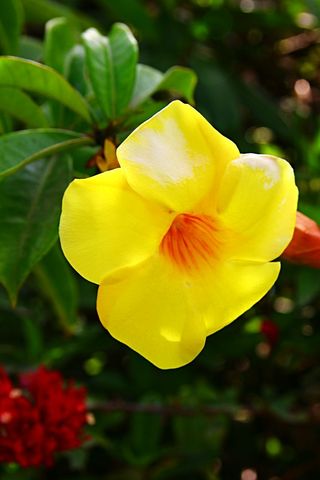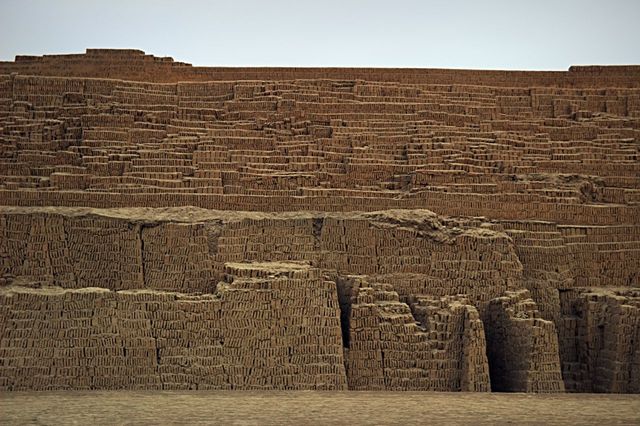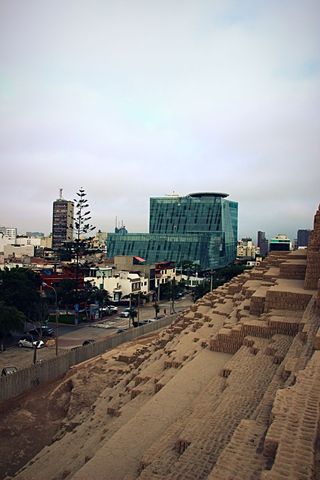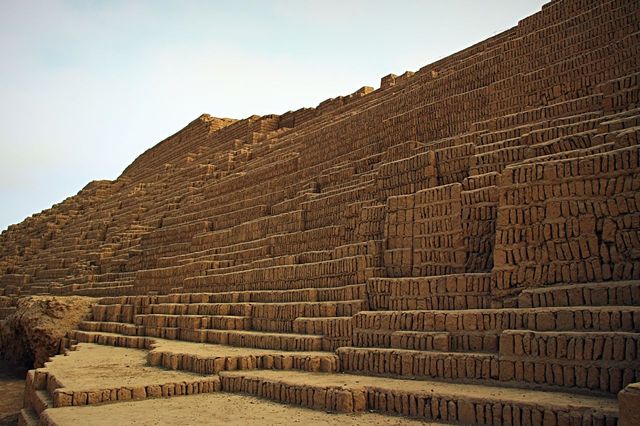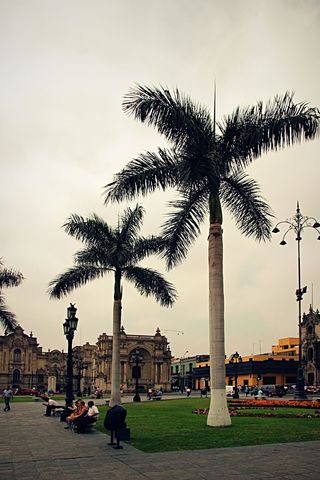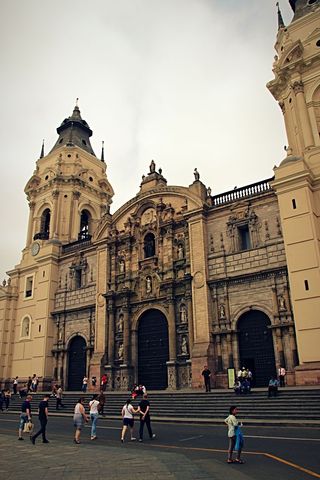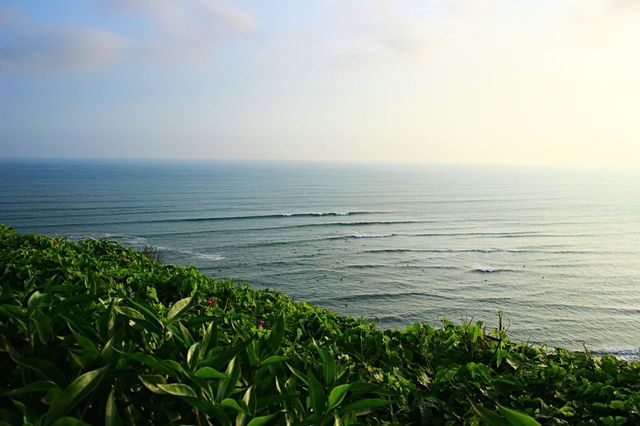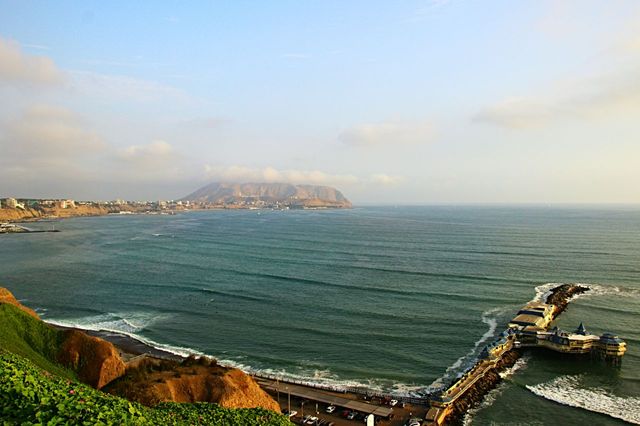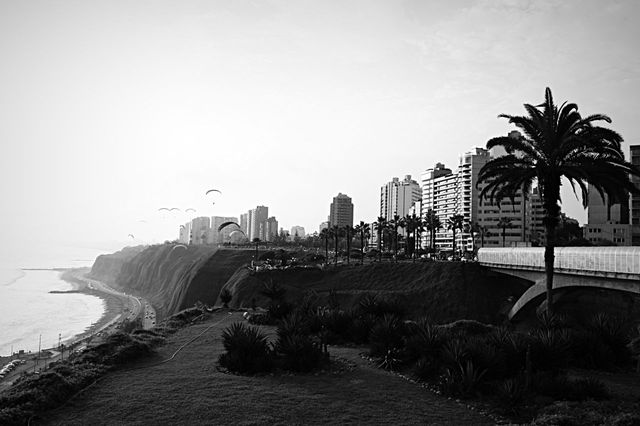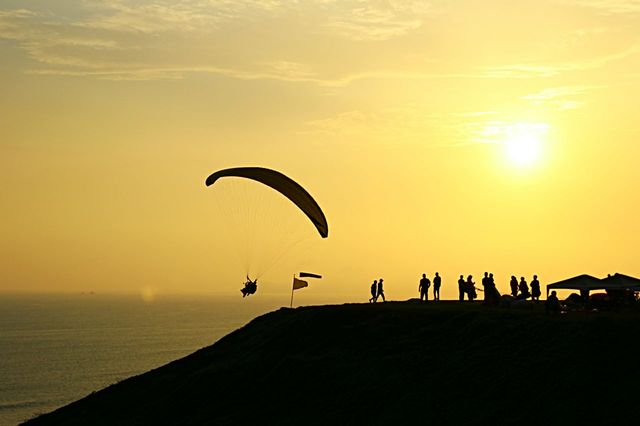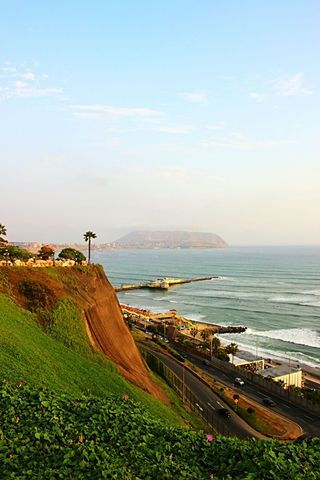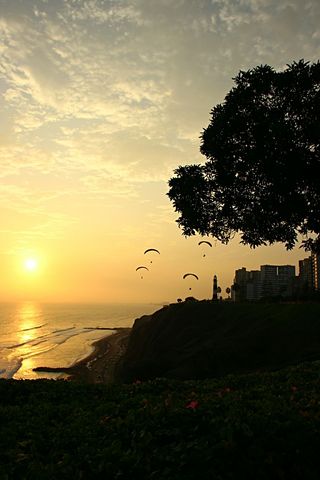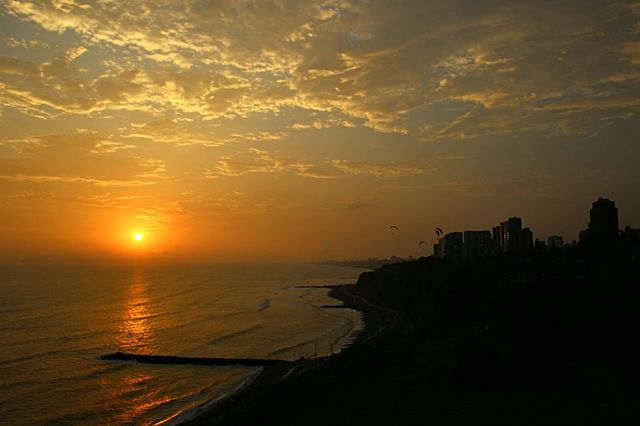Lima - Modern Birdcage

On April 21st of 2015 I made it all the way from the South of Peru to Lima. So far I stopped in each capitol of every country I visited, Peru being no exception.
Here are the facts: Lima is the largest city of Peru and lies at the Pacific Ocean, more or less spliting the way from Chile to Ecuador by half. With about 8.6 million people living in the city, and up to 10.0 million people in the metropolitan area, Lima is the third largest city of the Americas. About a third of the population of Peru lives here. A lot of people immigrated to Lima within the last years, accounting for a steep incline of the population, e.g. from 1981 from 3.5 million to 7.8 million in 2007, see this Wikipedia entry if you want to know more. Especially during the 80s and 90s a lot of people flew because they faced terrorist attacks carried out by the Shining Path (Sendero Luminoso). 12.8% of the households in Lima live in poverty (the definition of poverty though is complicated, and I guess from a European point of view the figures are higher). The areas with the highest share of poverty are Lima Sur and Lima Este.
During my visit I stayed in Miraflores, like most tourists. People who live in Miraflores also work, shop and entertain themselves there. It's clean, modern, expensive, secure and somehow a city within a city. But of course that's not the only side of Lima. Wandering through the central area, e.g. around the Plaza Mayor, one gets a slight feeling of how many different faces this city has to offer. Around Plaza Mayor the usual Peruvian touch is back: lots of car horns, Merengue music blaring from speakers in shops, the usual chaos one gets so easily accustomed to when traveling in Peru. So what about the millions of people not living in Miraflores? They coin the city to the same, if not a major, extent then the people living in Miraflores. Sadly, visiting the outer suburbs is not recommended because it is too dangerous. If really necessary it is advised to go in groups, with a guide and only during daylight. All these facts leave a bad taste and shows which huge problems this city faces. Talking about it here I can only scratch the surface. I spent my days exploring the areas which are said to be safe: Miraflores, the central area and Barranco, which has a really nice colonial touch. I only got to see the other districts from a bus window. Besides all the different neighborhoods there is a lot more to explore in Lima, e.g. Pachacamac, Huaca Pucllana, Huaca Huallamarca, Plaza San Martín, Plaza Mayor, La Catedral, and so on.
